Finally, a new music-streaming service. Just what everyone wanted. Just what the world needed. Pure Audio promises “high-quality, immersive sound experiences that transport listeners into the heart of the music,” as opposed to the high-quality offerings from, you know, Apple, Amazon, Qobuz, and Tidal. But OK, sure.
I figured this would be a good opportunity to see where we’re at with the various music-streaming services, alongside this new one. If you’re like me, you’ve probably picked a service and stuck with it, not keeping up on the ins and outs of the alternatives.
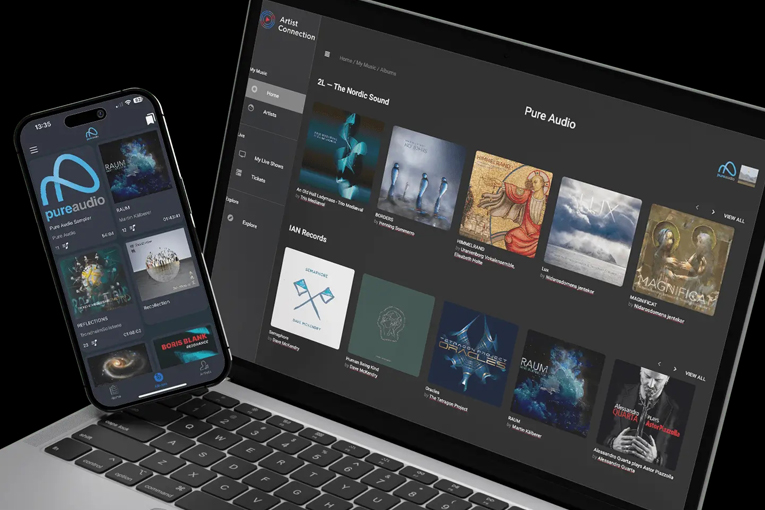
With one exception, the services on this list offer high-resolution and/or lossless audio. I figure if you’re a SoundStage! Solo reader, that’s what you’re interested in the most. I’ve also included Spotify as a sort of baseline, since it’s essentially ubiquitous. Since the bulk of our audience resides in North America, I haven’t included services that aren’t available here.
Apple Music
Cost: $10.99/month (all prices in USD)
Number of songs (estimate): “Over” 100 million (according to its homepage)
Availability: Mobile and car apps, desktop (Windows and macOS), streaming devices (only Apple TV has all features)
Other features: Hi-rez, lossless, spatial audio (Dolby Atmos), AirPlay
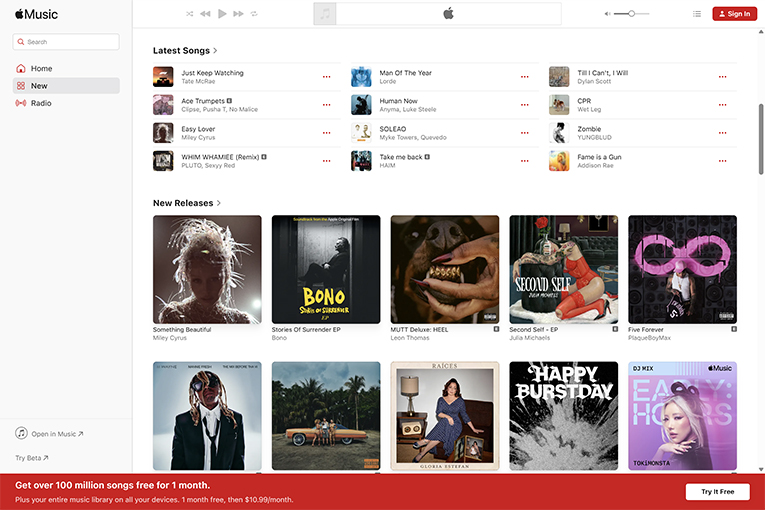
If you’re in the Apple ecosystem, Apple Music makes a lot of sense. Hi-rez and spatial audio, along with access to your music on a variety of systems, and AirPlay makes using it all very easy. If you’re not an Apple person, these are still pretty valid reasons to choose Apple Music over others, but it won’t be quite as seamless. Spotify matches Apple Music in usability, but doesn’t have lossless, hi-rez, or spatial audio. Apple Music is one of the better options, and that’s from someone who’s not an Apple fan.
Amazon Music
Cost: $11.99/month ($10.99/month for Prime members)
Number of songs (estimate): 100 million
Availability: Mobile and car apps, web, desktop, streaming devices
Other features: Hi-rez, lossless, spatial audio (Dolby Atmos, 360 Reality Audio), podcasts, some free access for Prime members, includes access to one book from Audible each month
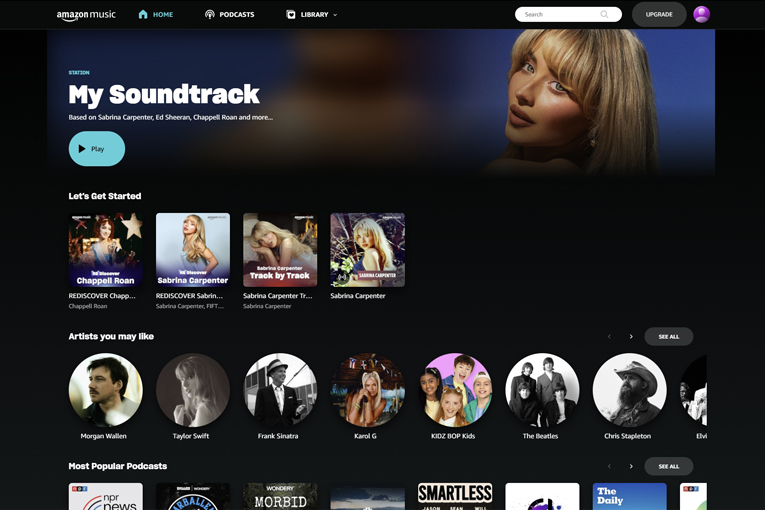
I don’t think I’ve ever met anyone who pays for a separate Amazon Music subscription. Generally speaking, it will work the same as Apple. I think this one is worth considering if you’re a Prime subscriber and you pay separately for Audible. Essentially bundling all that together instead of paying for a separate music service could save you a few dollars a month.
Amazon also seems to pay artists the most per stream, though that data varies.
Presto Music
Cost: $10.99/month
Number of songs (estimate): “Over 200,000 albums”
Availability: Desktop and mobile apps, web, BluOS and some other home-audio systems
Other features: Specializes in classical and jazz, has its own music streamer
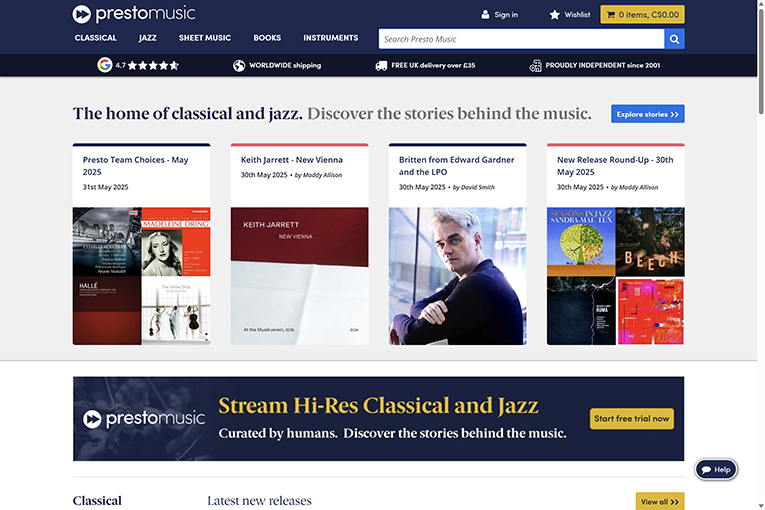
Presto Music is a niche service, focusing on classical and jazz. So it’s smaller than the services on this list, by a lot. But it belongs here, as it offers hi-rez up to 24-bit/192kHz. It also provides extensive info about the artists and albums. And like a few other services, it has an option to buy tracks for download. It’s certainly worth checking out if your music tastes lean more toward harpsichords than power chords.
Pure Audio
Cost: $300/year, so $25 a month (early-adopter program)
Number of songs (estimate): Unknown
Availability: Currently NVIDIA Shield TV Pro, Amazon Firestick 4K, web via Chrome (output via HDMI)
Other features: Spatial audio (Auro-3D, binaural, PCM 5.1), hi-rez, lossless
There’s a lot we don’t yet know about Pure Audio, but what we do know seems a little questionable for $25 a month. Yes, this is the price for early adopters, but if customers who wait for the full launch are able to pay less per month . . . isn’t that a slap in the face of those early supporters? Everyone has too many subscriptions, so releasing a premium one when people can get spatial audio from cheaper sources with far more compatibility—well, I just don’t quite get who this is for.
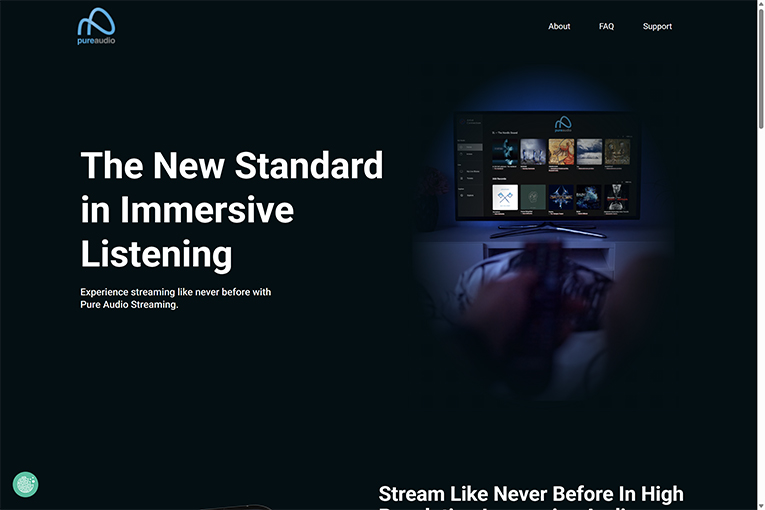
I won’t fault Pure Audio for not having the availability of the bigger services right now, since building apps and getting onto streaming platforms like Roku costs time and money. I guess if you’re really, really into surround audio, this is worth looking into, at least when it launches fully in July.
Qobuz
Cost: $12.99/month, $129.99/year
Number of songs (estimate): “Over” 100 million (according to its homepage)
Availability: Mobile and car apps, web, desktop app
Other features: Hi-rez, lossless, music magazine, Qobuz Connect
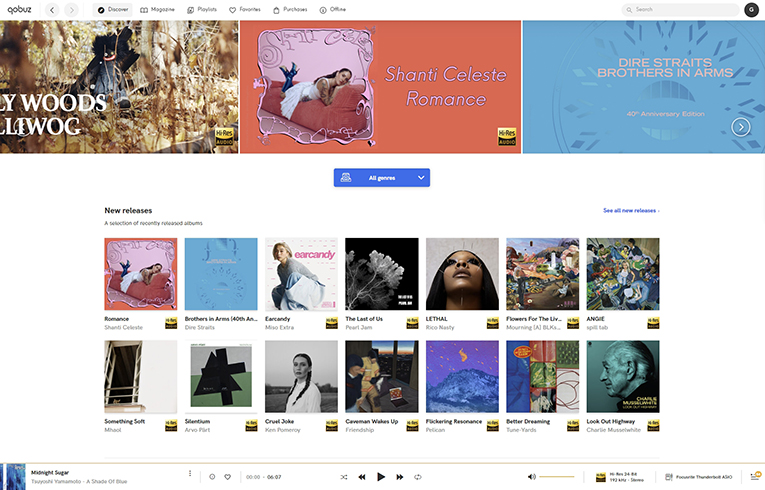
This is one of two services I pay for. Hi-rez, lossless audio is quite prominent in its apps. The interface is generally good, and the one time I found an issue with the mislabeling of an album, a real person replied to me via email. It doesn’t have the seamless connectivity of Apple Music or Spotify, but that’s changing. Anecdotally, it seems there are some different offerings here compared to Spotify (another I use). Maybe Spotify has more pop/rock/indie, but Qobuz has more classical? It’s hard to give specifics.
Which is to say, I like it, and it’s a valid option for someone wanting high-quality audio but who can’t stomach giving one of the biggest companies in the world even more money.
Spotify
Cost: $11.99/month
Number of songs (estimate): Over 100 million
Availability: Basically everywhere
Other features: Free plan with ads and other restrictions, couple and family plans, audiobooks (many included in subscription), podcasts, Spotify Connect
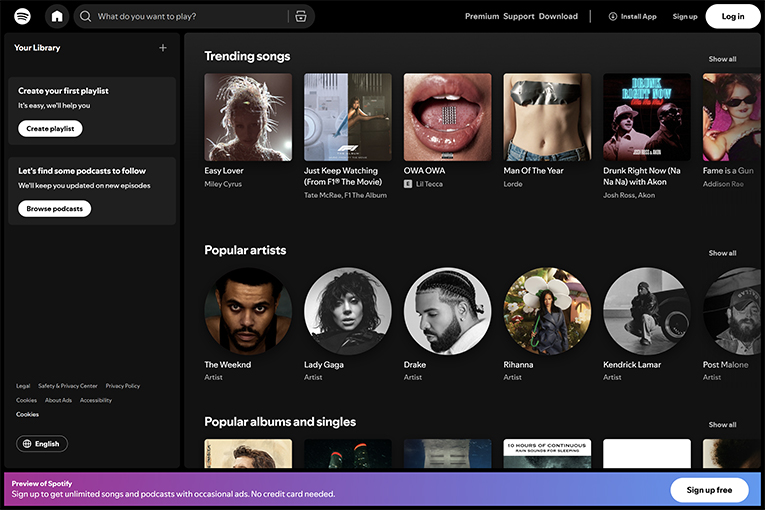
With no lossless or hi-rez (despite endless rumors and promises), and no spatial audio, Spotify is not the audiophile’s choice. It largely makes up for that with its ease of use and excellent recommendation algorithm. I find new artists all the time, artists I’d never have known about otherwise. Spotify isn’t “good” by many standards, and the company sure seems awful, but if that’s your concern, boy do I have bad news about So. Many. Things. Draw your line wherever; I won’t judge.
Of particular use is Spotify Connect, which makes playing your music on a variety of systems very easy. It’s almost, but not quite, Apple AirPlay for Android users.
Why do I pay for two music services? Well, I’m an audio reviewer. I also don’t want the random songs I use for reviews getting tangled with my recommendations for casual listening. So even if Spotify came out with lossless/hi-rez, I’d probably keep paying for both Spotify and Qobuz.
So yeah, Spotify is probably the easiest of the music streaming services, but I’m not “recommending” it per se. If you’re a SoundStage! Solo reader, there are other options on this list that would probably work (and maybe sound) better for you.
Tidal
Cost: $10.99/month
Number of songs (estimate): Over 110 million (via homepage)
Availability: Mobile and car apps, web, desktop app, some streaming platforms (not Roku)
Other features: Hi-rez, lossless, spatial audio (Atmos), family and DJ plans, Tidal Connect
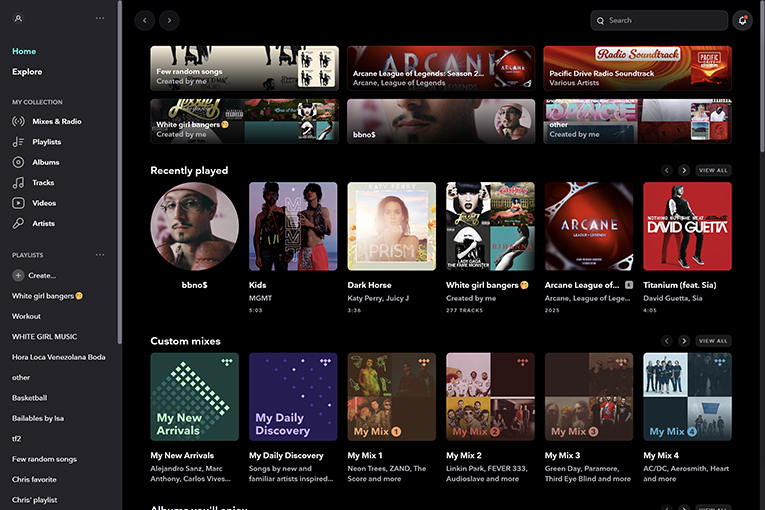
Having finally moved past MQA, Tidal soldiers on. I used Tidal for a while, and I liked the interface and the recommendations. It positions itself as a higher-quality option compared to other streaming services, but that’s largely marketing now that there are multiple other options that offer hi-rez and Atmos. It has fairly wide availability and compatibility.
Tidal just feels like “the other option” when talking about the larger music streaming services.
Do you actually need lossless or hi-rez audio?
Here’s my hot take: Maybe? Possibly? Don’t get me wrong. I think high-resolution audio can be great, assuming you can hear it. Lossless, in this era of unlimited data plans, 5G, and fiber at home, is certainly fine. I do think that compression, rightfully demonized in the early days of digital audio and MP3s, has created a sort of zombie “Arg! compression BAD!” mentality that is a bit detached from reality. Modern codecs at reasonable bitrates are really, really good. If you do most of your listening in the car or via Bluetooth earbuds, there’s a limit to how much fidelity you’re going to hear anyway.
Look, I’m not here to yuck anyone’s yums. I certainly do critical listening using hi-rez and lossless audio via Qobuz, but for day-to-day use, Spotify sounds fine and, even more subjectively, has a better algorithm to show me new music I might like. None of these services pay artists what they deserve, which is a whole other conversation, though some are better than others.
Which is a circuitous route to answer the question asked at the top. What on earth can a new streaming service offer in 2025 that isn’t already available? Is there really that much of a market for immersive-audio streaming? Presumably the people behind Pure Audio have done market research and found that there is. I wish them luck. It’s going to be an uphill climb.
Pure Audio launches into early access in a few weeks, as I write this, with the full official launch later this summer. If you have $300 you’re willing to gamble on a year of a new audio-streaming service, let me know how it is.
. . . Geoffrey Morrison





